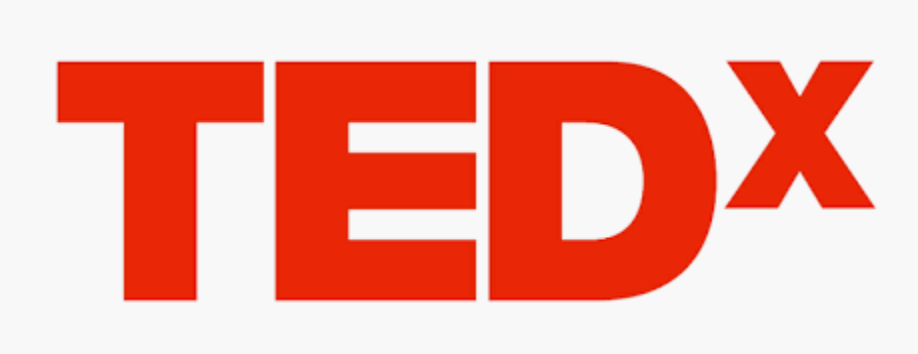A TED-Based Approach to Creative Non-Fiction Writing
- Editors

- May 5, 2021
- 3 min read
I'll start this blog with my big reveal: a creative non-fiction (CNF) piece has to "WOW" to hold my interest for its duration. I doubt I'm alone in that. Why? Well, we all have experiences, we all go through hardships, so when we take the opportunity to tell our own stories, (the type of stuff that usually makes up CNF content), the writing has to be really strong.
I recently had a pretty cool opportunity to learn about storytelling. I thought I'd pass along some of what I learned. Taking a page from TED, I've translated the verbal storytelling approach and applied the art of connecting to an audience via the written format. Here are three overarching ways to elevate your work and provide structure to a CNF story.

1. Persuade your audience.
Before you begin the story, play with the reader's sense of intuition. This is the lawyer's approach, but done in the least courtroom sense possible. If you have a story to tell, prime the argument before making the point. Slowly lead the reader in until they can come to one conclusion: yours.
2 . Reason with your audience.
This format is known as the detective story. Here, you're taking the reader on a journey, and it's one that invites logic and consideration as the story progresses. The detective format tells the story in a way that makes sense; if A must be true, then only B can logically follow. In this story, you'll start with the big mystery, then travel a world of concepts, ruling out possibilities until there's only one viable option left. The reader takes the journey alongside the writer: emotional, guessing, inputting along the way. It's often thought that the detective approach is the best way to build wisdom for the long-term, as this approach calls on the reader to reason alongside the story process.
3. Reveal to your audience.
Here, you're tasked with the big reveal at the beginning! There's no waiting for the grand moment in the reveal method. Instead, the journey is the process, and there are several ways in which you might choose to conduct the journey following the reveal. First, invite your audience on a walk alongside you, where each point, stop, or stepping stone is a moment of wonder. In this version, consider questions like, "what were you dreaming of at the moment when...," "what mistakes did you make along the way...," and "what lessons were learned...?" This process is meant to engage, intrigue, and enlighten following the reveal.
Second, consider exciting the audience with visions of the future. A demonstration of how the reveal can be enacted in an alternate format can pique interest in unique ways. Finally, show a world that doesn't yet exist, but might. What does a blueprint of a whole new way or means appear to do to the story?
Mixing and matching story elements is an option that's always available to you, the writer. Persuade, reason, and reveal in unexpected places. Uncover key parts of the story in ways that excite you as you write. Use pauses effectively as you might in a speech. Read it aloud to see if it holds impact. Picture yourself delivering it on a live stage.
Who knows? Maybe someday, you will!
Enjoy our blog? Tap the little heart, leave us some comment love, or....








Comments